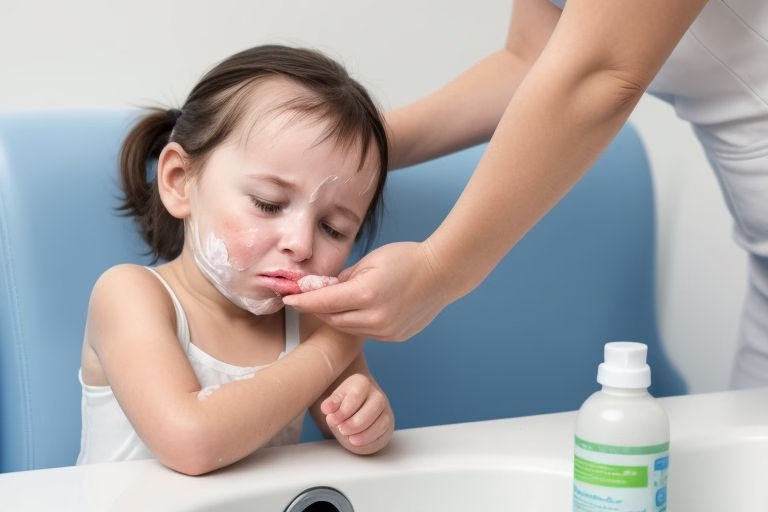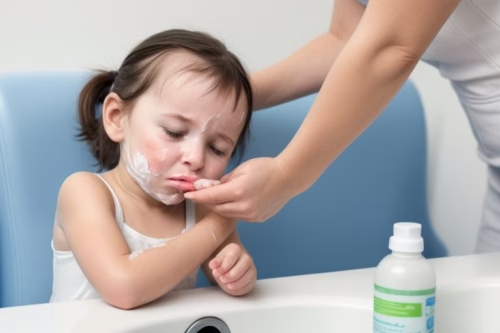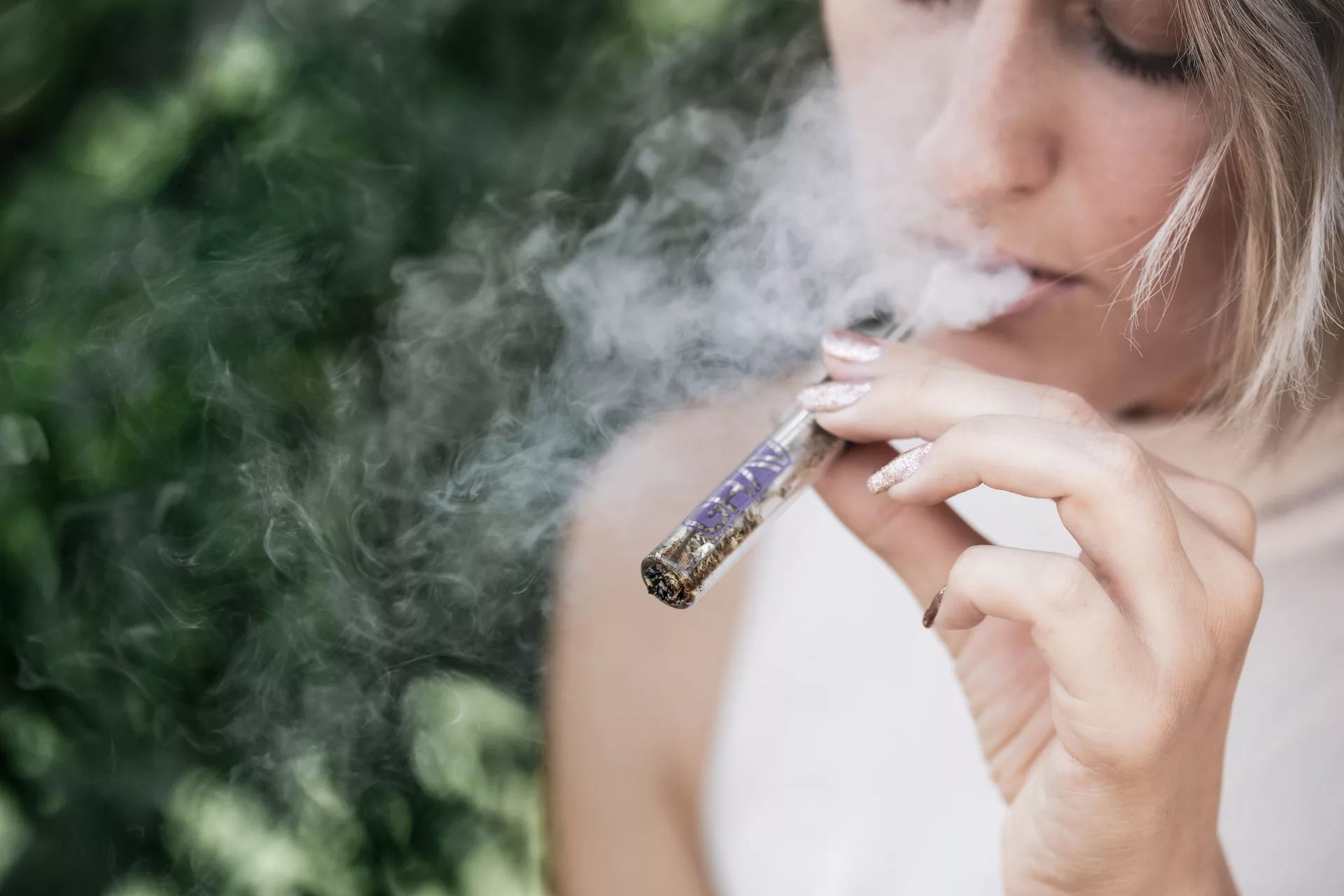

Dealing with hand foot and mouth rash on the body can be incredibly uncomfortable and distressing, especially when it spreads and leaves you feeling self-conscious. Whether you’re a parent trying to help your child or an adult battling this viral condition, understanding how to treat and manage the rash is crucial. In this guide, we’ll explore 7 proven ways to manage the rash effectively and help you recover faster.
What is Hand Foot and Mouth Disease?
Hand foot and mouth disease (HFMD) is a common viral infection, especially in children under 5 years old. It often presents with fever, painful sores in the mouth, and a rash on the body. The rash typically appears on the hands, feet, and sometimes, the body, as red spots that can turn into blisters.
HFMD is caused by enteroviruses, most commonly the coxsackievirus, and it spreads easily through close contact with infected individuals. But don’t worry—while the rash is irritating, it’s usually not severe and can be treated effectively with the right care.
7 Proven Ways to Manage Hand Foot and Mouth Rash on Body
1. Stay Hydrated: The First Step to Recovery
Hydration is key when dealing with hand foot and mouth disease. The blisters inside the mouth can make it painful to eat or drink, but staying hydrated helps prevent dehydration, especially in young children.
- Water and clear liquids are best, but you can also try soothing liquids like diluted fruit juice or electrolyte drinks.
- Avoid acidic drinks like orange juice as they can irritate mouth sores.
2. Apply Calamine Lotion or Anti-Itch Creams
If the rash is causing itching, calamine lotion is a go-to remedy. It helps soothe irritated skin and dry out the blisters.
- Apply a thin layer of calamine lotion to the rash areas after bathing.
- You can also use anti-itch creams containing hydrocortisone to reduce inflammation and itching.
Tip: Be sure to test any topical treatments on a small area first to avoid skin reactions.
3. Use Oatmeal Baths for Soothing Relief
Oatmeal baths are an excellent natural remedy for soothing irritated skin. They provide relief from itching and inflammation caused by the hand foot and mouth rash.
- Add colloidal oatmeal (available in most pharmacies) to lukewarm bathwater.
- Soak for about 15-20 minutes to calm the rash and alleviate discomfort.
Pro Tip: Do not use hot water, as it can worsen the irritation.
4. Wear Loose, Comfortable Clothing
Tight clothing can exacerbate the rash and cause additional discomfort. Loose-fitting cotton clothes allow your skin to breathe and minimize friction against the rash.
- Opt for light fabrics like cotton that are gentle on the skin.
- Avoid clothing with tight seams or rough fabrics that could irritate the rash.
This simple step can make a world of difference in managing the discomfort caused by the rash.
5. Take Over-the-Counter Pain Relief
To alleviate pain associated with the hand foot and mouth rash, over-the-counter (OTC) pain relievers can be helpful.
- For adults and children over 6 months, ibuprofen or acetaminophen can reduce pain and fever.
- Avoid aspirin for children under 18, as it’s linked to a rare but serious condition called Reye’s syndrome.
Check with your healthcare provider to confirm the right medication and dosage, especially for young children.
6. Practice Proper Hygiene to Prevent the Spread
Hand foot and mouth disease is contagious, and it can spread quickly through close contact, respiratory droplets, or shared items. To prevent the virus from spreading to others, practice good hygiene.
- Wash hands frequently, especially after touching the rash or using the bathroom.
- Disinfect frequently-touched surfaces, such as toys, countertops, and doorknobs.
Tip: Keep your child home from school or daycare until they have fully recovered to reduce the risk of spreading the virus.
7. Monitor for Complications
Most cases of hand foot and mouth disease resolve within a week to 10 days, but it’s important to monitor for complications. If you notice the following symptoms, contact your healthcare provider:
- Difficulty swallowing or breathing
- High fever (above 102°F)
- Severe pain or swelling
- Spread of the rash to other areas of the body
These could be signs of a secondary infection or more severe condition that requires medical attention.
Why Does Hand Foot and Mouth Rash Appear on the Body?
You might be wondering why the rash associated with hand foot and mouth disease appears on the body. The virus initially causes fever and mouth sores, but as it spreads, it can cause red spots and blisters to appear on the hands, feet, and even other parts of the body, like the legs and buttocks.
The rash is typically the result of the body’s immune response to the virus. It’s not uncommon for the rash to be accompanied by flu-like symptoms, which can make it even more uncomfortable.
How Long Does Hand Foot and Mouth Rash Last on the Body?
The rash typically lasts anywhere from 5 to 10 days. During this time, the blisters may form crusts and scab over. While the rash itself may disappear in about a week, it’s important to be patient as your body recovers fully.
In the meantime, following the remedies above can help manage symptoms and speed up recovery.
Frequently Asked Questions (FAQs)
Q1: Is hand foot and mouth disease contagious?
Yes, hand foot and mouth disease is highly contagious, especially in the first week of illness. It spreads through saliva, stool, and respiratory droplets.
Q2: Can adults get hand foot and mouth disease?
While it’s most common in children, adults can contract hand foot and mouth disease as well, especially if they have close contact with an infected person.
Q3: How can I prevent hand foot and mouth disease?
To prevent HFMD, wash hands frequently, disinfect toys and surfaces, and avoid close contact with infected individuals.
Conclusion: Take Control of Hand Foot and Mouth Rash on the Body Today!
Dealing with hand foot and mouth rash on the body doesn’t have to be overwhelming. By following these 7 proven ways to manage the rash, you can soothe discomfort, promote faster healing, and reduce the risk of complications. Remember, hydration, proper hygiene, and using soothing remedies are key to recovery.
Have you tried any of these methods for managing the rash? Share your experiences below! And don’t forget to subscribe for more health tips and remedies to keep your family safe and healthy.



